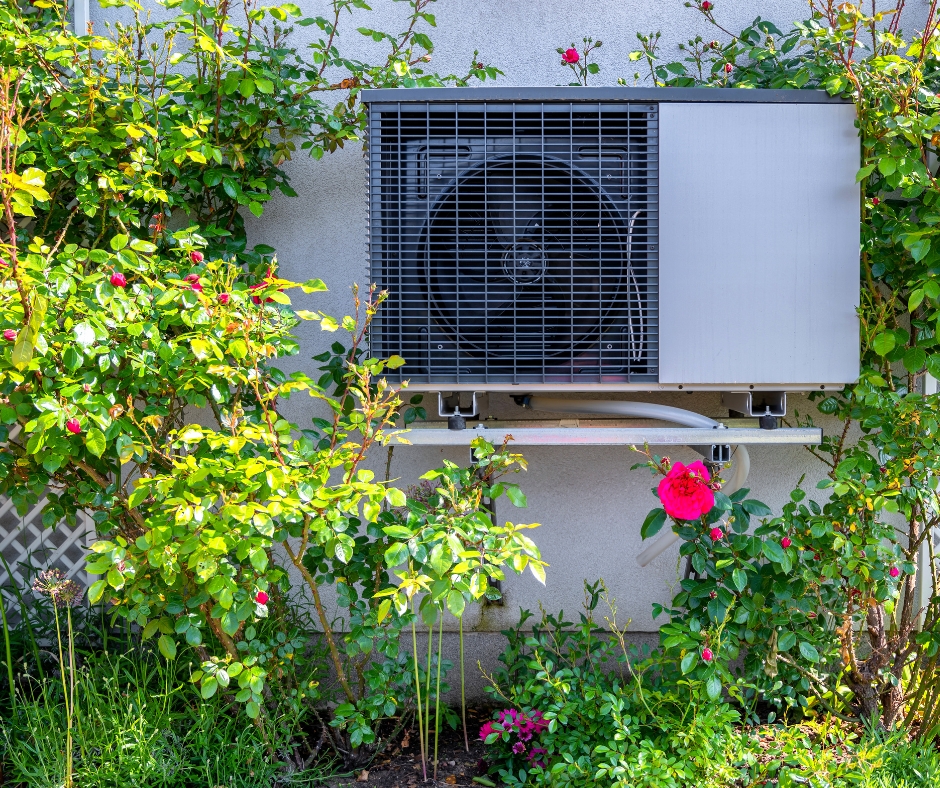As the days get longer and the flowers start to bloom, spring can be a beautiful time of year. However, for many people, it also means the start of allergy season.
With pollen in the air, dust, and other allergens circulating in your home, it can be tough to enjoy the season without dealing with sneezing, congestion, and itchy eyes. Fortunately, there are several ways you can reduce allergens and improve your indoor air quality, especially when it comes to your HVAC system.
Here’s how you can prepare your home for spring allergies:
1. Change Your Air Filters Regularly
Your HVAC system is crucial to maintaining good indoor air quality, but it can also contribute to the spread of allergens if your air filters are dirty. Dust, pollen, and other particles can accumulate in your system and get pushed through your home if the filter isn’t replaced regularly.
We recommend changing your air filters at least once every 1–3 months, depending on the type of filter and your home’s needs. If you suffer from allergies, consider upgrading to a high-efficiency particulate air (HEPA) filter, which captures smaller particles like pollen and dust mites more effectively than standard filters.
2. Install an Air Purifier
An air purifier can make a huge difference in reducing allergens like pollen, pet dander, and dust in your home. Many modern air purifiers can be seamlessly integrated with your HVAC system, providing whole-house air cleaning.
For targeted relief, you can also use portable air purifiers in rooms where you spend the most time, such as your bedroom or living room.
3. Keep Humidity Levels in Check
Too much humidity can encourage the growth of mold, dust mites, and other allergens, while too little can dry out your nasal passages and exacerbate allergy symptoms. The ideal indoor humidity level is between 30% and 50%.
Here’s What You Can Do:
- Consider investing in a humidifier or dehumidifier to help control the humidity levels in your home.
- Regularly check for signs of mold growth in areas like bathrooms, kitchens, and basements, especially during the spring when humidity levels can fluctuate.
4. Have Your Ducts Cleaned
Over time, dust, dirt, and allergens can build up inside your home’s ductwork. When your HVAC system runs, it can spread these particles through your home, affecting your air quality. If it’s been a while since your ducts were cleaned, now might be the perfect time to schedule a professional duct cleaning.
5. Use Your HVAC System’s “Fan Only” Setting
If pollen is particularly high in your area, running your HVAC system on the “fan only” setting can help filter out some of the allergens circulating in your home without running the air conditioning. This setting helps circulate air through your system’s filter, removing smaller particles like dust and pollen.
Note: Be sure to monitor and change your air filters regularly when using this setting to ensure the system continues working efficiently.
6. Seal Gaps and Cracks in Your Home
Allergens can make their way into your home through small cracks and gaps around windows, doors, and ducts. Sealing these areas will not only help reduce allergens but also improve your home’s energy efficiency.
Here’s What You Can Do:
- Check the seals around windows, doors, and ducts and use weatherstripping or caulk to seal any gaps.
- Consider installing door sweeps or draft stoppers to prevent pollen from entering your home through doorways.
7. Keep Windows Closed During High Pollen Days
While fresh air can be tempting in the spring, leaving windows open during high pollen days can allow allergens to enter your home. Keeping your windows shut when pollen counts are high can make a significant difference in the number of allergens that make their way indoors.
Here’s What You Can Do:
- Stay updated on local pollen counts through weather apps or websites.
- Use air conditioning instead of opening windows, as it will circulate and filter the air while keeping your home cool.
8. Vacuum Frequently and Use a HEPA Vacuum
Vacuuming is essential for reducing indoor allergens. A vacuum with a HEPA filter can trap smaller particles like dust mites, pet dander, and pollen, preventing them from being released back into the air.
We recommend vacuuming your floors, upholstery, and carpets at least once a week using a vacuum with a HEPA filter. Don’t forget to clean other areas that collect dust, such as baseboards, curtains, and blinds.
Final Thoughts
Spring allergies don’t have to take over your life or make you dread the change in seasons. By taking proactive steps to improve your home’s air quality, you can breathe easier and enjoy the beauty of spring without the constant sneezing and congestion.
If you need help improving your indoor air quality, our team at Steve’s Heating & Cooling can assist you with everything from installing air purifiers to HVAC maintenance.
Contact us today to make sure your home is allergy-free and ready for the season ahead!











